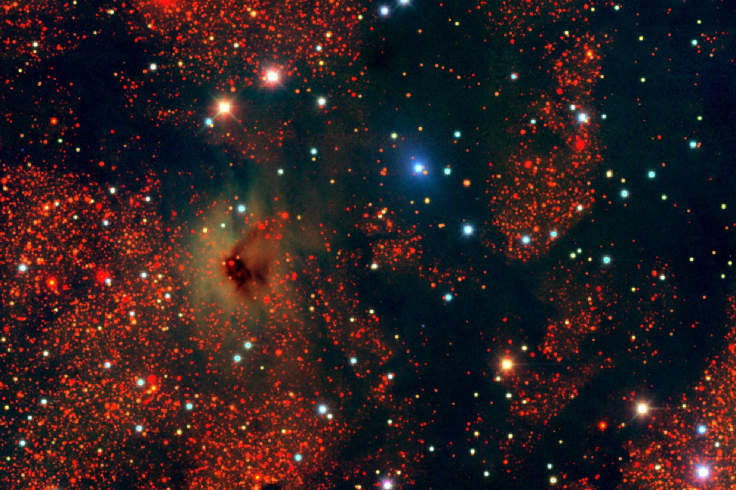ESA’s Spacecraft Just Got Hit By Micrometeoroids Traveling at 40,000 MPH

NASA and the European Space Agency (ESA) recently reported that the latter’s experimental spacecraft got hit by micro space dust several times while it was orbiting Earth. Although the incidents seem like serious collisions, they actually provided the agencies with important and helpful data.
From January 2016 to July 2017, the ESA Laser Interferometer Space Antenna (LISA) Pathfinder (LPF) orbited Earth, waiting to get hit by the millions of space dust cruising across space at speeds of about 40,000 miles per hour. The spacecraft was initially launched to demonstrate the capabilities of its equipment, which will be used in a future mission involving a fully operational LISA observatory.
But during the course of the LPF’s demo flight, NASA and the ESA learned that the spacecraft’s instruments can be used to accurately detect the impacts made by small space rocks, known as micrometeoroids.
According to the agencies, each time the LPF gets hit, it activates small thrusters to adjust its course in response to the impact. After analyzing over 4,000 hours of data collected by the LPF, NASA and the ESA discovered that the LPF recorded 54 collisions during its flight.
“Using a simple model of the impacts and knowledge of the control system, we show that it is possible to detect impacts and measure properties such as the transferred momentum, direction of travel, and location of impact on the spacecraft,” NASA and the ESA’s researchers wrote in a study published in the Astrophysical Journal.
Through the data collected by the LPF, the agencies were able to identify where most of the micrometeoroids originated. Similar to the findings of previous studies, NASA and ESA researchers discovered that much of the space dust came from short-period comets such as 67P/Churyumov-Gerasimenko, which follows an orbit heavily influenced by Jupiter.
Aside from learning about the origins of the space dust, the researchers also noted that the data collected by LPF can provide valuable information regarding the formation of various large cosmic objects in space.
“The zodiacal dust complex, a population of dust and small particles that pervades the solar system, provides important insight into the formation and dynamics of planets, comets, asteroids, and other bodies,” they stated in the study. “We present a new set of data obtained from direct measurements of momentum transfer to a spacecraft from individual particle impacts.”
© Copyright IBTimes 2024. All rights reserved.





















